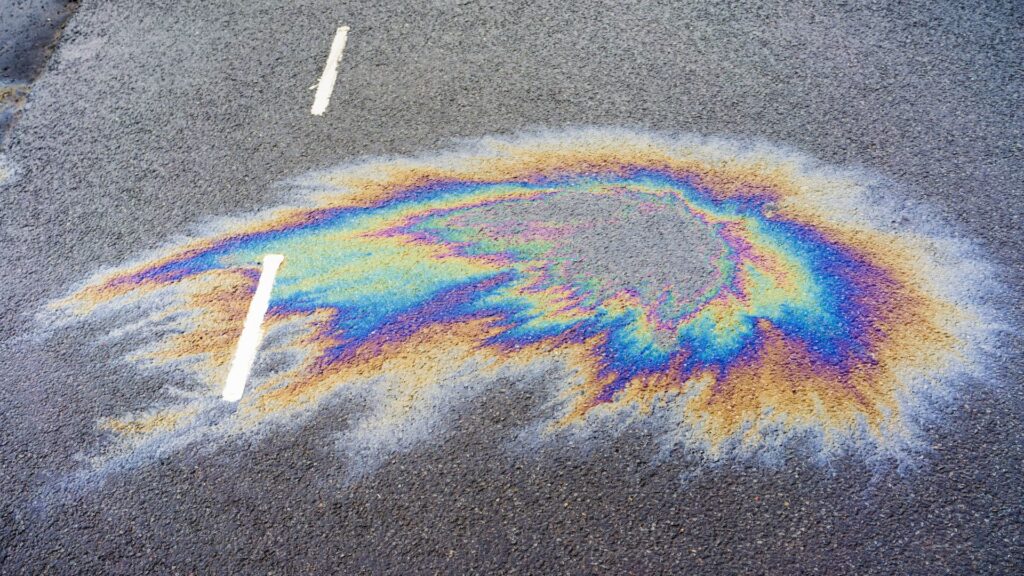
In the fast-paced industrial landscape, where hydraulic systems play a pivotal role, the potential for hydraulic oil spills is an unfortunate reality.
If – or when – that does happen, recognising the environmental implications and acting urgently is essential.
At Vinci, our commitment to professional, responsible, and efficient spill response https://www.vinciresponse.co.uk/blog/spillage-response-procedure/ sets us apart, ensuring our clients can confidently navigate these challenges.
This blog delves into the best practices for cleaning hydraulic oil spills, offering valuable insights for businesses seeking optimal solutions.
From safety precautions to environmentally conscious cleanup processes, Vinci Response is here to guide you every step of the way.
Six Steps To Cleaning Hydraulic Oil Spills
Addressing hydraulic oil spills demands a systematic and efficient approach.
From the initial assessment and safety precautions to the final checks for residual oil, each step is meticulously designed to ensure a prompt and responsible response.
Let’s delve into the intricacies of cleaning hydraulic oil spills precisely and professionally.
- Assessment and Safety Precautions:
Before diving into the cleanup process, conducting a thorough assessment of the spill is essential to identify the extent of the contamination and any potential hazards. We would recommend prioritising safety by wearing appropriate personal protective equipment (PPE) and establishing a safety perimeter around the spill area.
- Containment of the Spill:
Immediate containment is crucial to prevent the spread of hydraulic oil and minimise environmental impact. Our experts would use absorbent materials like spill pads, booms, or socks to surround the spill area. These materials effectively contain the oil, preventing it from spreading further.
- Absorption and Removal:
Once the spill is contained, the next step is to absorb and remove the hydraulic oil. We would use absorbent pads or pillows specifically designed for oil spills. These products are highly effective in soaking up the oil, and they can be easily disposed of in accordance with local regulations.
- Cleaning Surfaces:
Hydraulic oil spills often leave surfaces slippery and hazardous. Prompt cleaning reduces the risk of slips and falls, promoting a safer working environment.
- Disposal of Contaminated Materials:
Proper disposal of contaminated materials is a critical aspect of the cleanup process. Contacting local environmental agencies can guide the proper disposal methods for oil-contaminated materials.
- Secondary Cleanup:
After the initial cleanup, performing a secondary check is essential to ensure that no residual oil remains. Vinci Response recommends thoroughly inspecting the affected area and, if necessary, repeating the cleanup process to address any lingering traces of hydraulic oil.
Summary
In the event of a hydraulic oil spill, a swift and effective response is paramount.
By following the outlined steps for cleaning hydraulic oil spills, clients can minimise the impact on the environment and uphold workplace safety standards.
Find out more about our Hydraulic Oil Spill cleanup services.
For more information on Vinci Response’s comprehensive emergency spill response services, don’t hesitate to contact us.